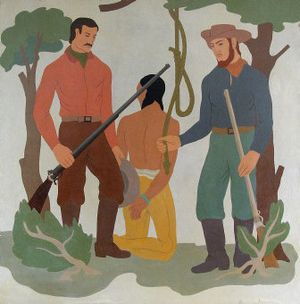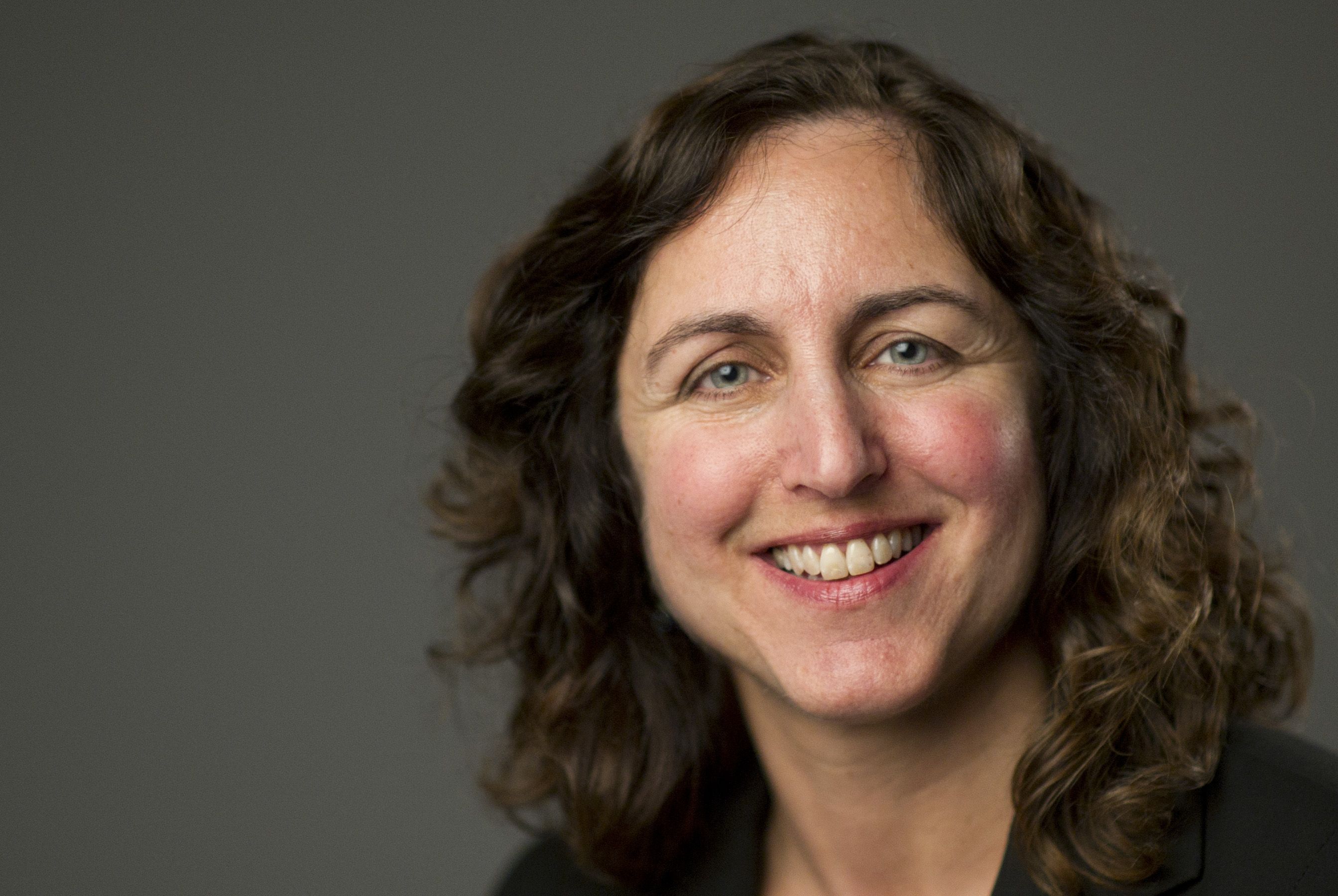Testimony: ‘Citizens need to be reminded of this,’ ‘I see pain, racism,’ ‘A painful history’
In continuing testimony on the lynching murals:
Blaine Edmo, chairman of the business council for the Shoshone-Bannock Tribes, speaking by phone from Fort Hall, said, “They need to be openly displayed to remind our citizens of the state of Idaho of the history and the development of this state. This may not be tasteful and it may not necessarily be art, but it demonstrates some of the past history that has taken place in our state. Whether or not you can deem it genocide, but it was used against our native people, not only there in the Boise Valley but in other areas of the state. For whatever reason, we see that it was a method to remove our people. … The citizens need to be reminded of this. These murals need to be openly displayed, and the reasons behind the depiction of these murals needs to be discussed among the public.”
David Leroy, former Idaho lieutenant governor and attorney general, suggested posting something like this above the scenes in question: “These apparent examples of injustice on the walls of this hall of justice challenge each of us never to compromise in seeking justice.”
Tai Simpson, a Nez Perce Tribe member and a Boise resident since 2005 who was speaking for herself, spoke in favor of covering the murals and uncovering them only for specific, educational events. “I don’t see a vibrant history in the mural – I see pain, I see racism and I see a systematic genocide of our people,” she said. “We are the people. Our blood is in the very soil on which the building was erected, this building and the courthouse. … We were here long before the courthouse was, long before westward expansion and manifest destiny.” She said, “It was at one point the rule of law that allowed for citizens of this country, pre-United States, to be lynched without justice. … I believe that’s what this mural represents, a picture speaks a thousand words. By allowing its presentation to continue, we’re accepting those atrocities committed against indigenous people."
Ed Keener, a retired minister and human rights activist, said, “I like the solution that University of Idaho has presented. … They can be used as teaching tools, but it takes a good teacher, and it takes a teacher knowing history and some time to use those particular panels as teaching tools. And just having them there uncovered does not provide that kind of opportunity.” He said, “It’s a painful, painful history, and yes, we do need to study our history.

